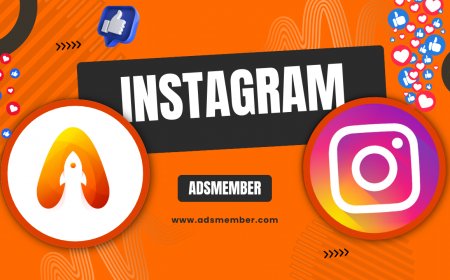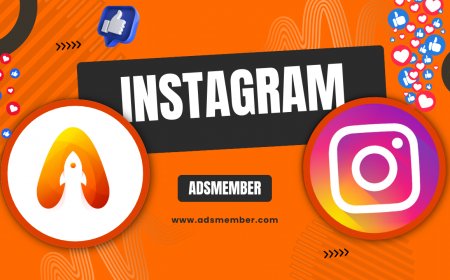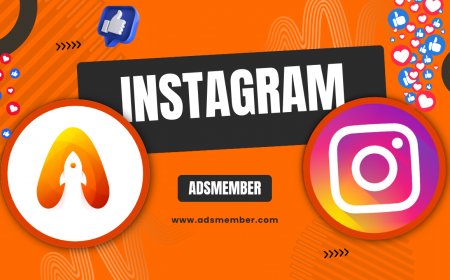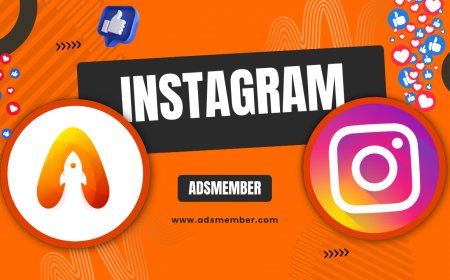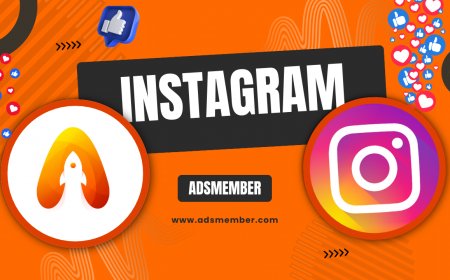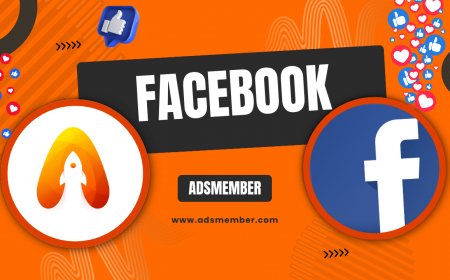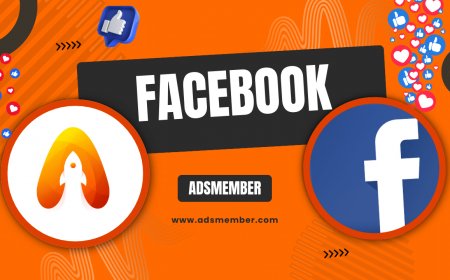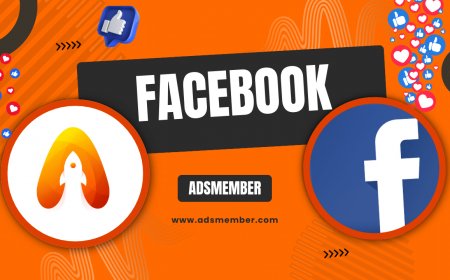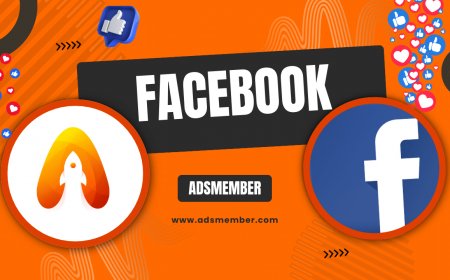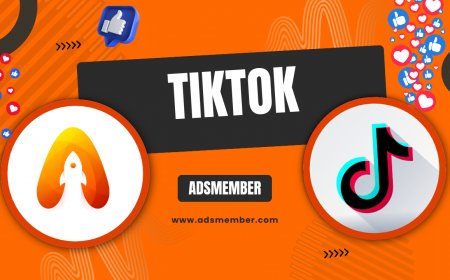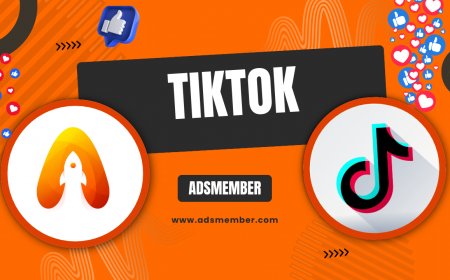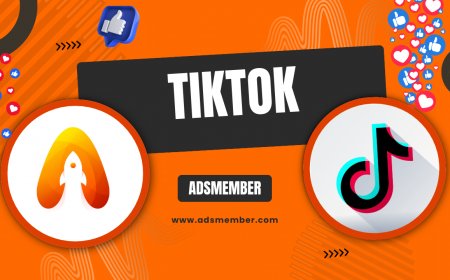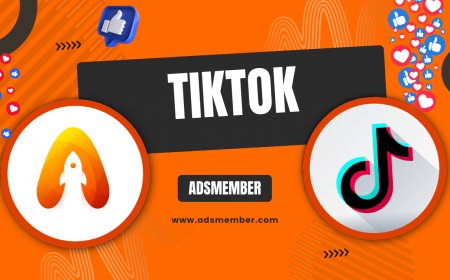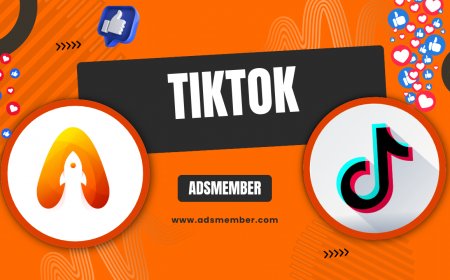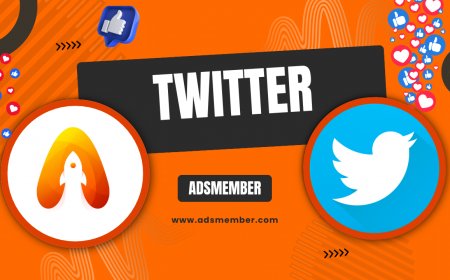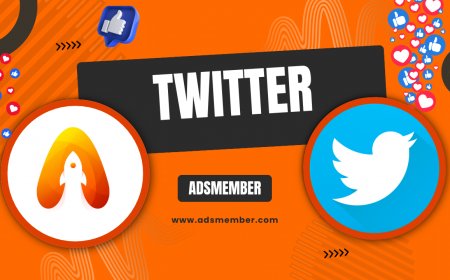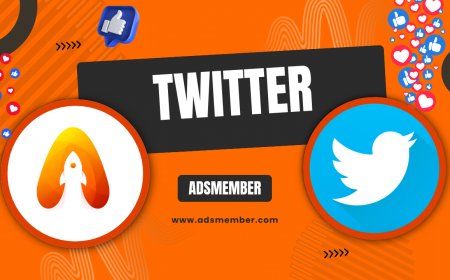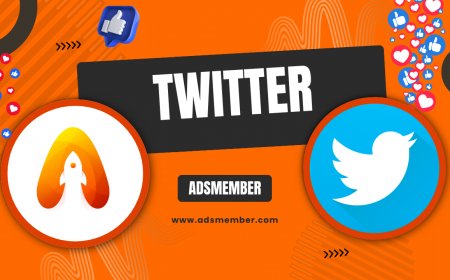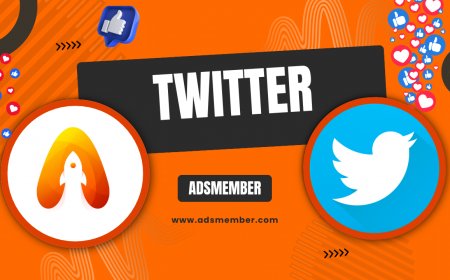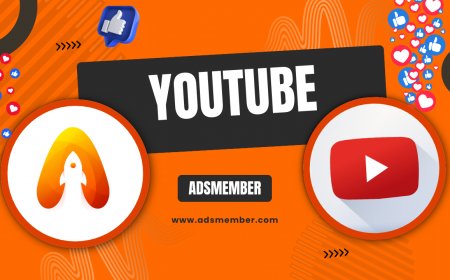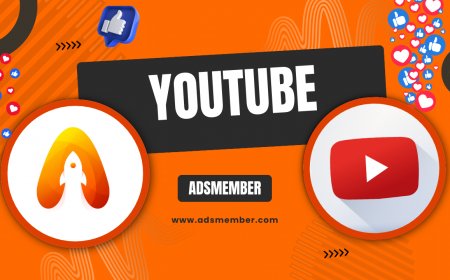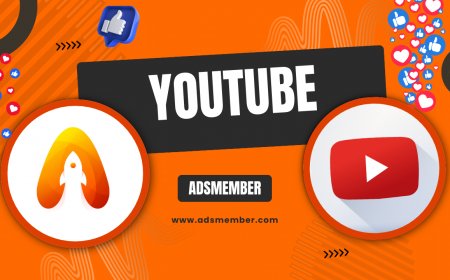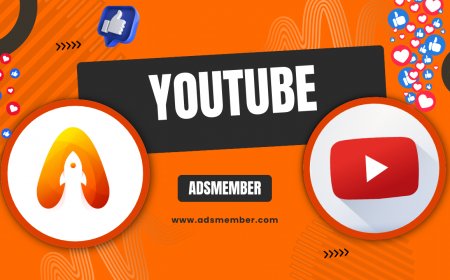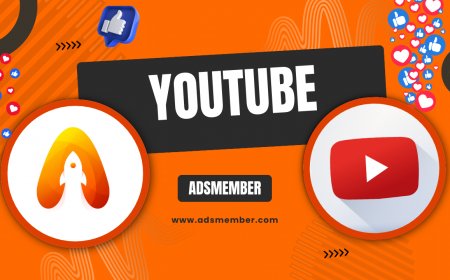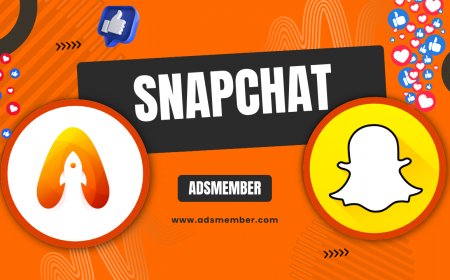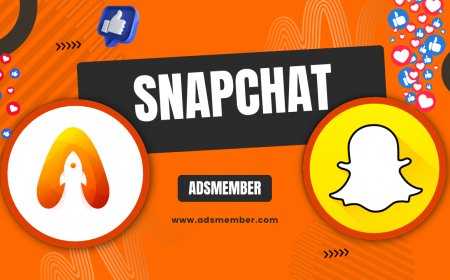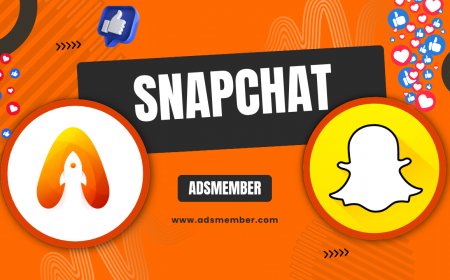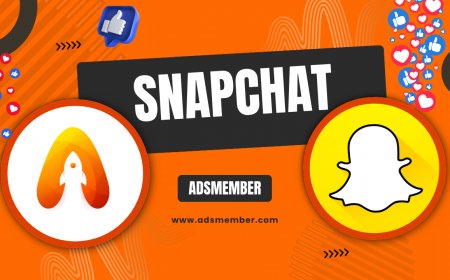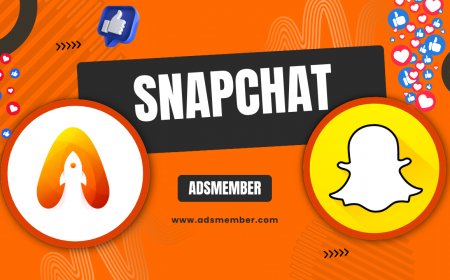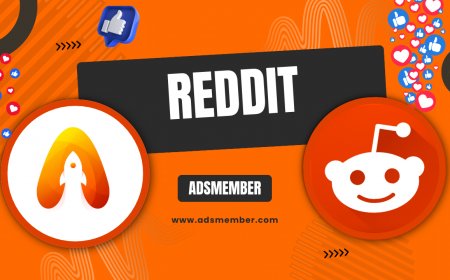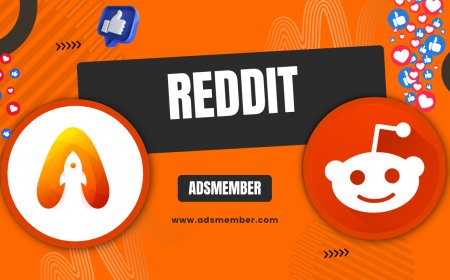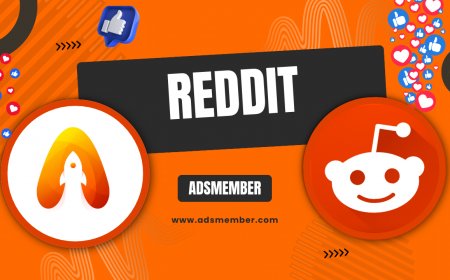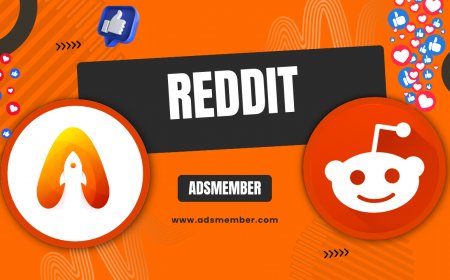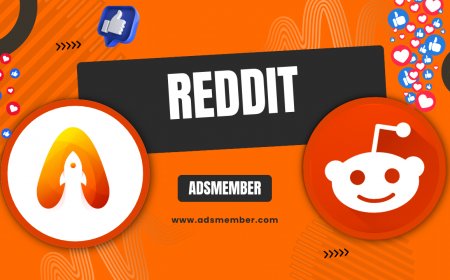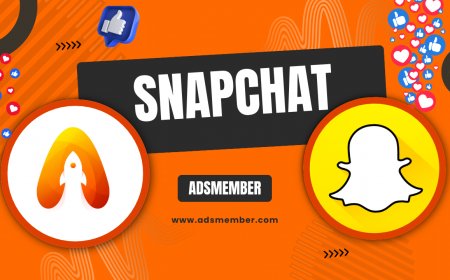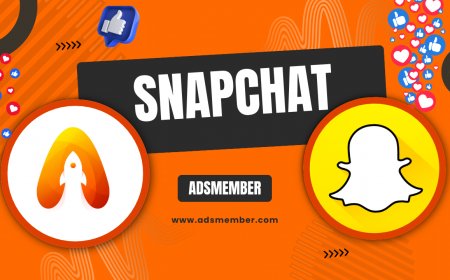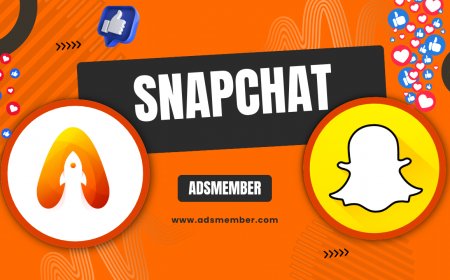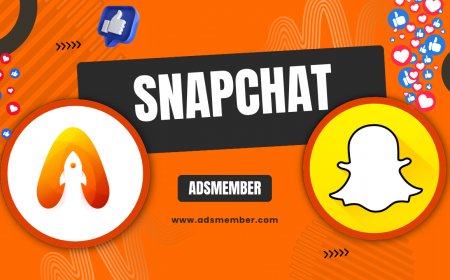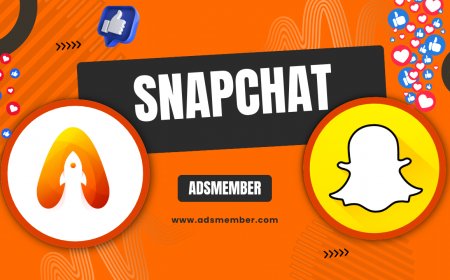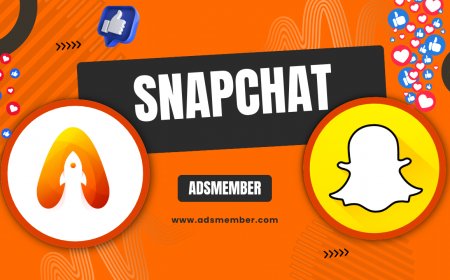How Long Has Snapchat Been Around? A Full Timeline
Discover how long Snapchat has been around with a detailed timeline from its 2011 launch to today. Explore key milestones, evolutions, and insights into its…
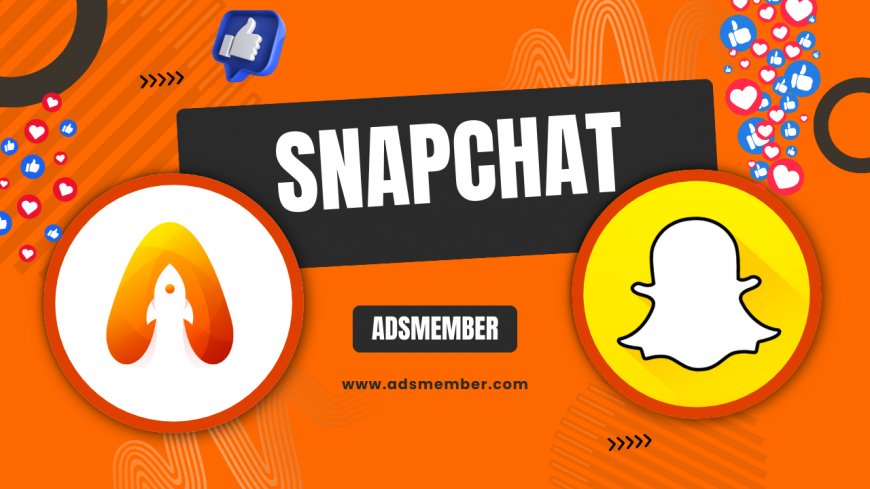
Ever wondered how long Snapchat has been around? Honestly, it's fascinating to think about—an app that started as a simple photo-sharing tool has become a social media giant. Launched in 2011, Snapchat has been captivating users for over a decade with its ephemeral messages and fun filters. In this article, I'll dive into its history, key milestones, and what makes it tick today. As a social media expert, I've seen platforms come and go, but Snapchat's staying power is impressive. Let's break it down step by step.
The Origins of Snapchat
Snapchat didn't just appear out of nowhere. It was born from a college project that aimed to make sharing photos more private and fun. In my opinion, this focus on ephemerality was a game-changer in a world obsessed with permanent posts. The app's roots trace back to Stanford University, where creativity met technology.
Founding Story and Early Days
The story kicks off in 2011 when Evan Spiegel, Bobby Murphy, and Reggie Brown came up with the idea. Spiegel, then a student, pitched it as 'Picaboo' during a class. They launched the app on iOS in September 2011. By 2012, it rebranded to Snapchat and hit Android. Fun fact: Early adoption was huge among teens, with daily snaps skyrocketing to 20 million by late 2012. I remember testing it back then—it felt revolutionary compared to Facebook's static feeds.
Initial Challenges and Growth
Like any startup, Snapchat faced hurdles. Legal disputes arose with co-founder Reggie Brown over idea ownership, settled in 2014. Funding was crucial too; they raised $485,000 in seed money. Despite this, user growth exploded— from 1,000 users in 2011 to 10 million by 2013. In my experience, their no-frills approach to privacy hooked users tired of oversharing.
Key Milestones in Snapchat's Timeline
To answer 'how long has Snapchat been around,' let's map out the major events. It's been 13 years since launch, but the journey is packed with innovations. Here's a quick timeline; I'll analyze why these matter.
2011–2013: Launch and Rapid Expansion
September 2011: Official iOS launch. April 2012: Android version drops. October 2012: Video snaps introduced, boosting engagement. By 2013, Snapchat turned down a $3 billion offer from Facebook—bold move! Honestly, that rejection showed their confidence, and it paid off as users hit 400 million snaps per day.
2014–2016: Features and Monetization
2014 saw Stories launch, a feature Instagram later copied. In 2015, Discover and Lenses arrived, turning snaps into AR experiences. Snapchat went public in 2017, but 2016 was pivotal with Spectacles hardware. Data from Statista shows daily active users (DAUs) reached 100 million by 2015—impressive growth in just four years.
| Year | Milestone | Impact |
|---|---|---|
| 2011 | Launch | Introduced ephemeral messaging |
| 2013 | Rejected Facebook offer | Valued independence |
| 2015 | Lenses debut | AR boom starts |
| 2017 | IPO | Market cap hits $24B |
| 2023 | AI integration | Modern relevance |
2017–2020: IPO and Competition
The 2017 IPO was massive, valuing Snap Inc. at $24 billion. But Instagram Stories in 2016 stole some thunder, leading to a user dip. Snapchat bounced back with Bitmoji and Snap Map in 2017. By 2020, amid COVID, DAUs surged to 249 million. Case study: During the pandemic, Snapchat's AR filters kept remote connections fun, unlike competitors' focus on live streams.
2021–Present: Modern Innovations
Recent years brought Spotlight (TikTok rival) and My AI chatbot in 2023. As of 2024, Snapchat boasts 414 million DAUs per Statista. In my opinion, integrating AI has kept it fresh, but privacy concerns linger—unique tip: Always review data settings to avoid over-sharing.
How Snapchat Has Evolved Technically
From a basic app to an AR powerhouse, Snapchat's tech evolution is underrated. Early on, it used simple servers for temporary storage. Now, it's all about machine learning for filters. I've analyzed their patents; they pioneered real-time facial recognition that's now industry standard.
Core Features Breakdown
Ephemeral snaps: Messages delete after viewing, powered by timed servers. Stories: 24-hour posts, aggregated via user feeds. Lenses: AR overlays using computer vision. Unique insight: Unlike Instagram, Snapchat's backend prioritizes low-latency for seamless streaks—key to retention.
Monetization Strategies
Ads started in 2014 with Sponsored Lenses. Now, it's a mix of AR ads and premium subscriptions like Snapchat+. Revenue hit $4.6 billion in 2023, per their earnings report. Tip: Brands, use Snapchat's A/B testing for ads—it's more granular than Meta's tools, in my experience.
Snapchat's Impact on Social Media
Snapchat has been around long enough to reshape how we communicate. It popularized disappearing content, influencing TikTok and Instagram. Personally, I think its youth focus—75% of users under 34—gives it an edge in trends. But challenges like algorithm shifts persist.
Case Study: Competition with Instagram
When Instagram copied Stories, Snapchat's growth slowed from 17% to 5% quarterly in 2017. Yet, they innovated with exclusive features like Snap Originals. Analysis: This rivalry pushed Snapchat to 800 million monthly users by 2024, proving resilience. Link to more on Instagram strategies.
Future Prospects
Looking ahead, AR glasses could be next. With metaverse hype, Snapchat's ahead. External resource: Check Snapchat's official site for updates. Or dive into their Wikipedia history for trivia.
What Year Was Snapchat Founded?
Snapchat was founded in 2011. Specifically, it launched in September that year as an iOS app. The idea stemmed from Stanford students aiming for private, fun sharing.
How Many Years Has Snapchat Existed?
As of 2024, Snapchat has been around for 13 years. It started small but grew rapidly, hitting major milestones like its 2017 IPO and recent AI features.
What Are Snapchat's Biggest Updates Over Time?
Key updates include video snaps (2012), Stories (2013), Lenses (2015), Snap Map (2017), and My AI (2023). These kept it innovative amid competition.
Is Snapchat Still Popular Today?
Absolutely— with over 400 million daily users. It's huge among Gen Z for its privacy and AR fun. In my opinion, it'll stay relevant by evolving with tech trends.
Why Did Snapchat Reject Facebook's Offer?
In 2013, they turned down $3 billion to maintain control. It was risky but smart; Snapchat's now worth much more independently.
What's Your Reaction?
 Like
0
Like
0
 Dislike
0
Dislike
0
 Love
0
Love
0
 Funny
0
Funny
0
 Angry
0
Angry
0
 Sad
0
Sad
0
 Wow
0
Wow
0
